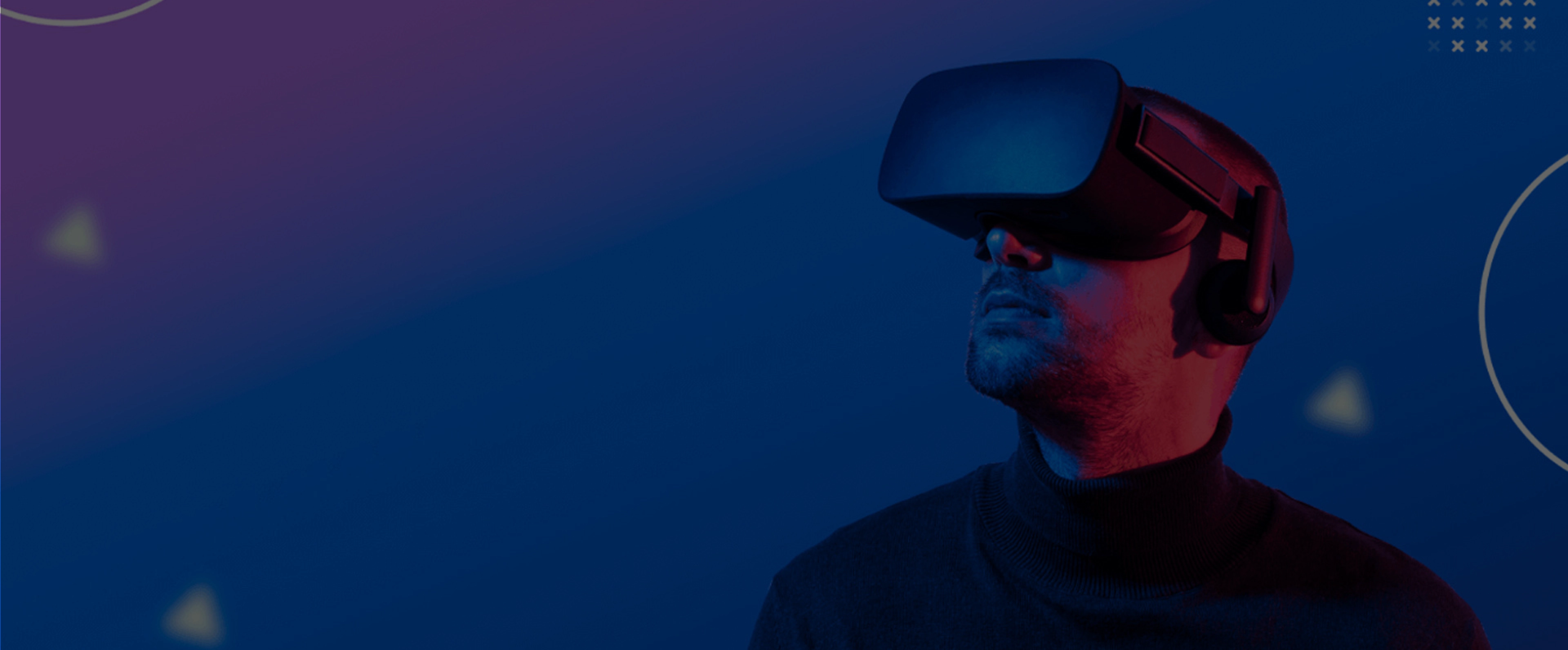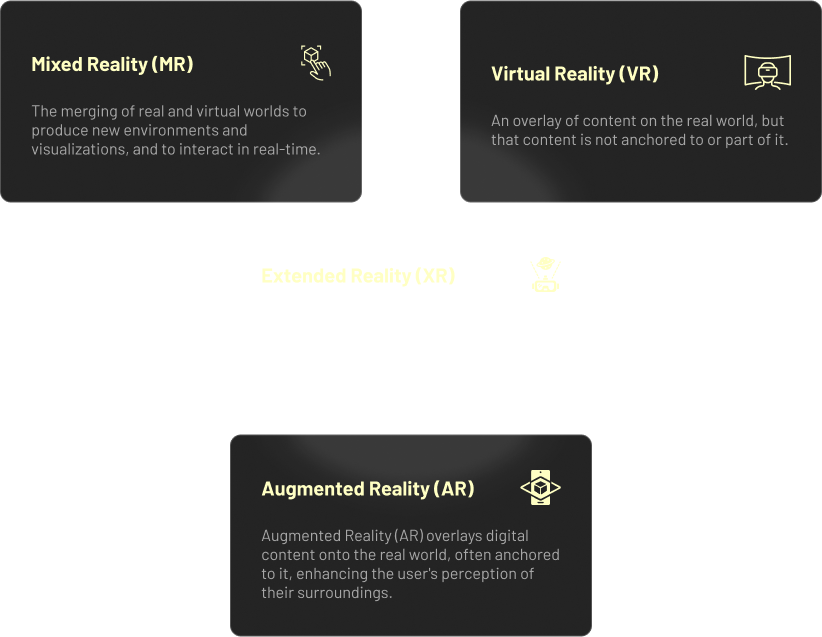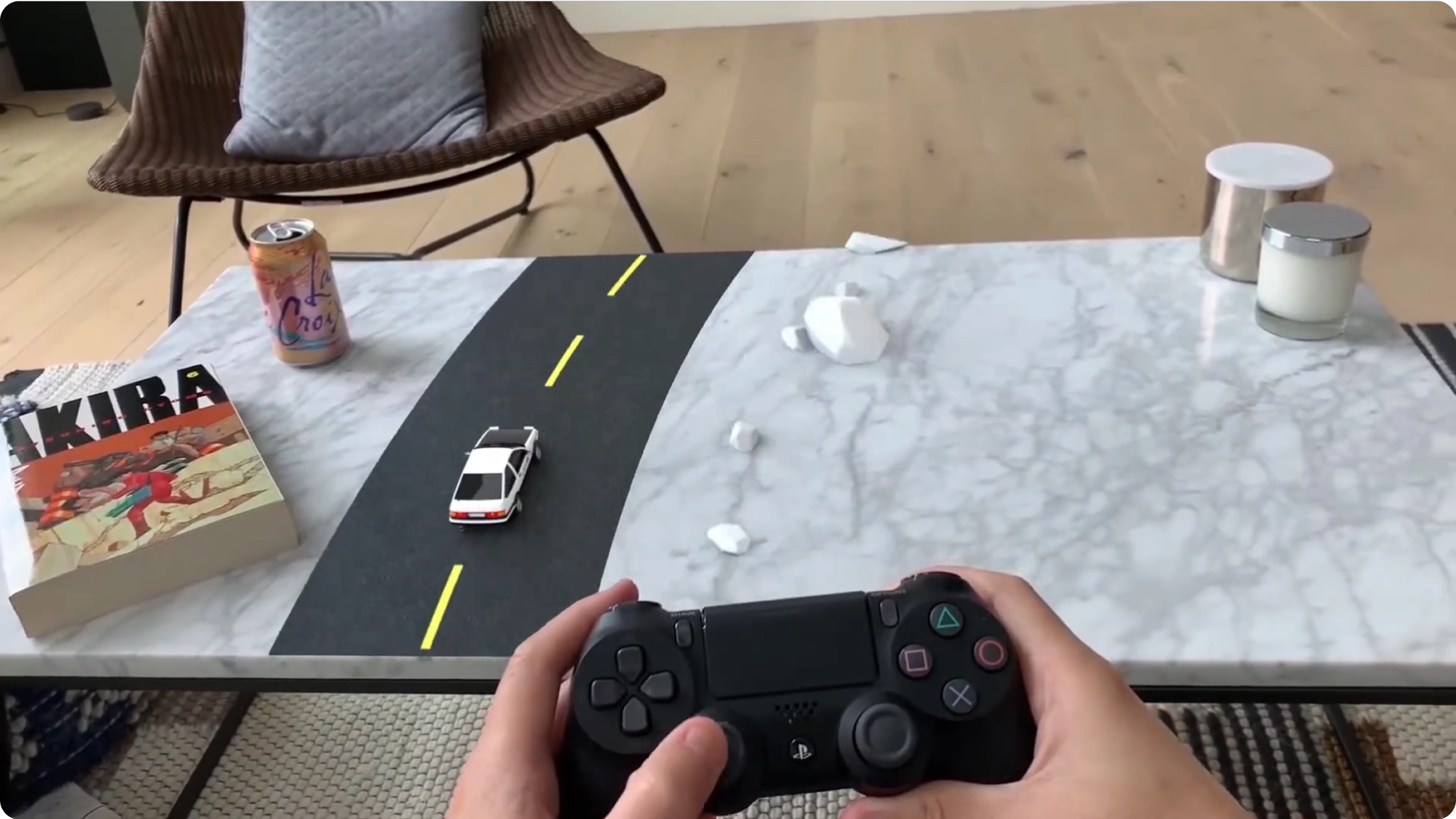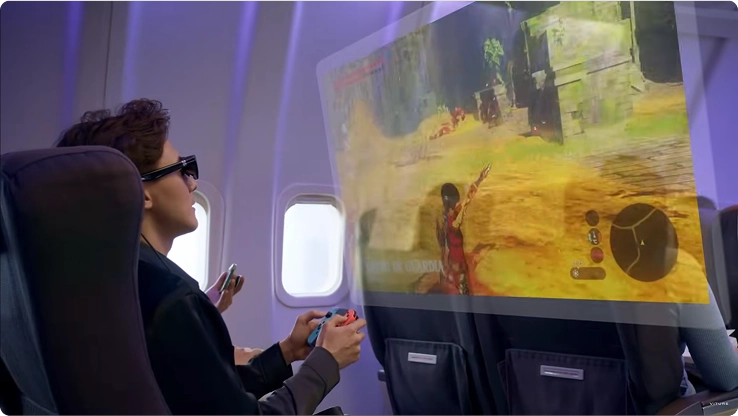
AR/VR/MR/XR Development Services
At QBA Studio, we leverage the power of Augmented Reality (AR), Virtual Reality (VR), Mixed Reality (MR), and Extended Reality (XR) to create immersive experiences that transform businesses. We develop cutting-edge solutions for various industries, utilizing Unreal Engine to build high-fidelity, interactive, and engaging applications.
Get in touch with us
Key Platforms
Differences between AR, VR, MR, and XR

SOLUTION
Note: The projects showcased in these videos are not our original creations, but serve as demonstrations of our capabilities.
AR Development

VR Development

MR Development

XR Development

How We Work?
We work with you to define the XR experience, design immersive environments and interactions, develop using Unreal Engine, and rigorously test across target devices. We ensure optimal performance and user comfort for your AR/VR/MR projects.
01
Project Definition & Goals
Step 01: Project Definition & Goals
- Consultation and Discovery: We discuss your vision, objectives, target audience, and XR experience purpose.
- Scope and Purpose Definition: We define project scope, key features, and desired user experience.
- Platform and Device Selection: We determine the most suitable platform(s) and devices (e.g., Meta Quest, HoloLens, SteamVR).
- Technical Requirements: We assess technical requirements and feasibility.
- Deliverables and Milestones: We define clear deliverables and milestones for each project stage.
02
Environment & Interaction Design
Step 02: Environment & Interaction Design
- XR Experience Design: We design the overall user experience (UX), focusing on immersion and usability.
- Environment Design: We create detailed virtual environments tailored to the chosen platform (AR, VR, or MR).
- Interaction Design: We define user interactions (e.g., gestures, controllers, voice), and develop prototypes for testing.
- UI Design: We design intuitive user interfaces for the XR application.
- Storyboarding (if applicable): We storyboard narrative-driven experiences.
03
Development & Integration
Step 3: Development & Integration
- Unreal Engine Development: We leverage Unreal Engine 4 (UE4) or Unreal Engine 5 (UE5) to develop the XR experience.
- Asset Creation and Integration: We create or integrate 3D models, textures, animations, and audio.
- Interaction Implementation: We implement user interactions using Blueprints or C++.
- UI Implementation: We integrate UI elements into the experience.
- Platform-Specific Development: We utilize platform-specific SDKs and APIs (e.g., Oculus SDK, SteamVR SDK, ARKit, ARCore).
04
Device Compatibility & Testing
Step 4: Device Compatibility & Testing
- Cross-Platform Testing: We rigorously test across all target devices, ensuring compatibility and responsiveness.
- Usability Testing: We gather user feedback to improve the user experience.
- Performance Testing: We measure frame rate, latency, and resource utilization.
- Bug Fixing and Iteration: We address issues and iterate based on testing results.
05
Performance Optimization
Step 05: Performance Optimization
- Profiling and Analysis: We use tools like Unreal Insights to identify bottlenecks.
- Draw Call Optimization: We reduce draw calls using techniques like batching and instancing.
- Asset Optimization: We optimize models, textures, and animations.
- Code Optimization: We refactor and optimize code for better performance.
- Leveraging UE5 Features: We utilize Nanite, Lumen, and World Partition for optimal results in UE5.
06
Deployment & Maintenance
Step 6: Deployment & Maintenance
- Deployment Preparation: We prepare the application for deployment, following platform guidelines.
- Deployment and Release: We assist with the launch process.
- Post-Launch Monitoring: We monitor performance and gather user feedback.
- Maintenance and Updates: We provide ongoing support, including patches and updates.
Step into the Metaverse Now
Push the boundaries of gaming with our innovative AR, VR, MR, and XR development services. We create groundbreaking experiences that captivate players.
FAQs
We've compiled answers to some of the most common questions we receive about QBA Studio and our services.
If your question is not addressed below, or if you require further clarification, please contact us directly at contact@qba.studio
- Augmented Reality (AR): Overlays digital content onto the real world, typically viewed through a smartphone, tablet, or AR glasses.
- Virtual Reality (VR): Creates fully immersive, computer-generated environments that users experience through a VR headset.
- Mixed Reality (MR): Blends the real and virtual worlds, allowing digital objects to interact with the real environment and users to interact with both. This is often experienced through headsets like Microsoft HoloLens.
- Extended Reality (XR): An umbrella term encompassing AR, VR, MR, and any other technologies that extend reality.
This technologies have numerous applications across various industries, including:
- Training and Education: Immersive simulations for hands-on learning.
- Marketing and Advertising: Engaging product demonstrations and brand experiences.
- Retail: Virtual try-on, product visualization, and enhanced shopping experiences.
- Real Estate: Virtual property tours and architectural visualization.
- Healthcare: Surgical training, patient therapy, and medical visualization.
- Manufacturing and Engineering: Design reviews, remote assistance, and virtual prototyping.
- Gaming and Entertainment: Creating immersive and interactive gaming experiences.
 Contact us
Contact us







